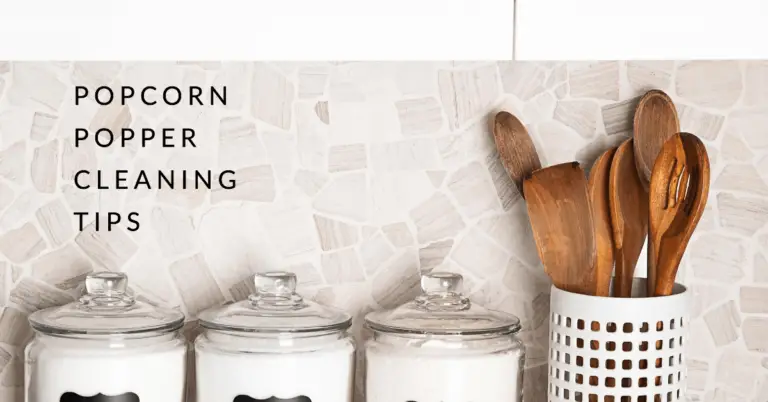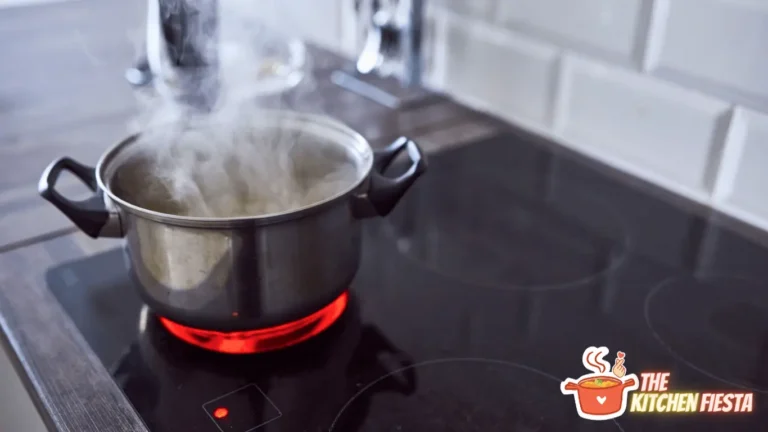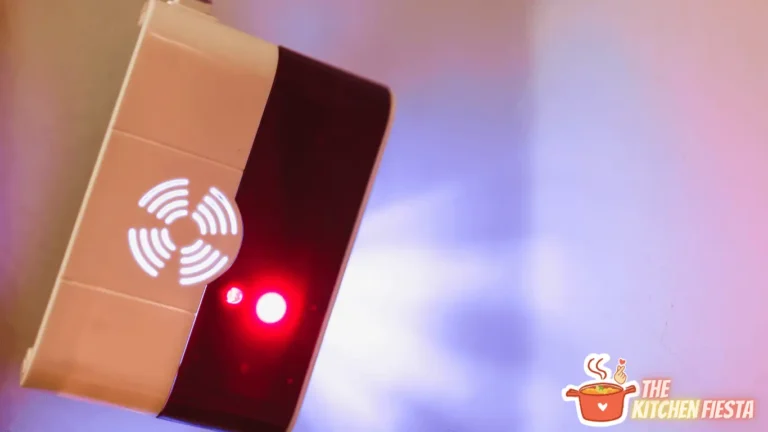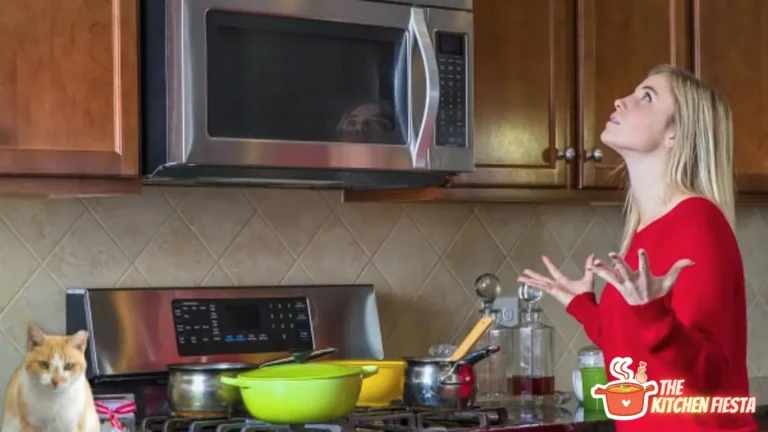Common Baking Problems with Gas Ovens and How to Fix Them
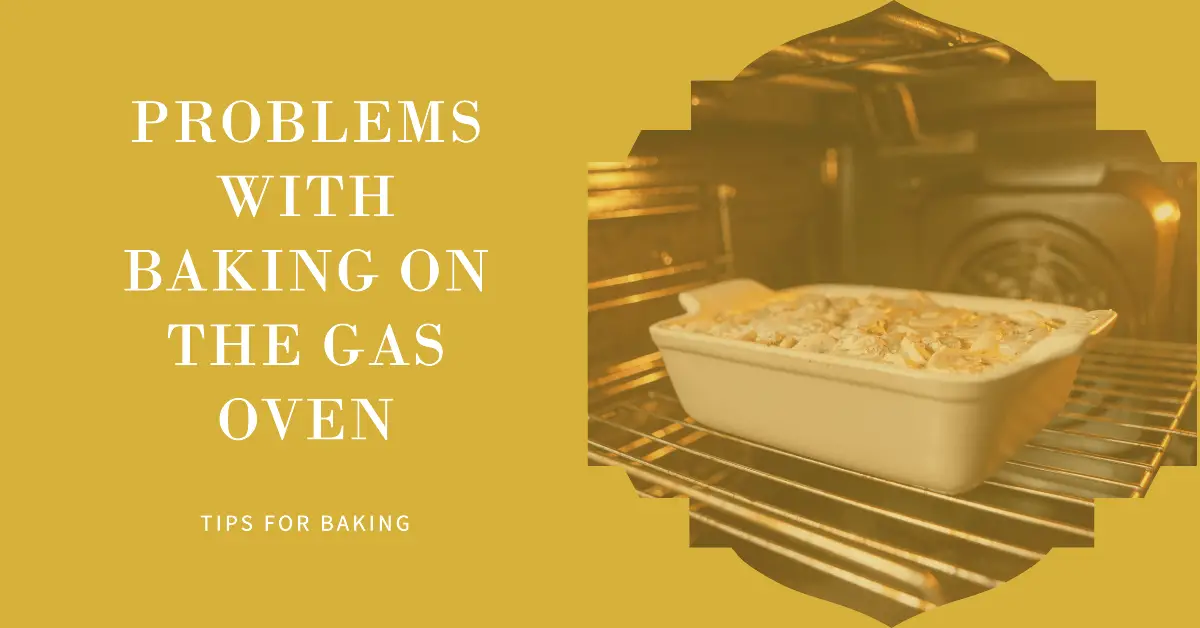
Do you pull baked goods out of the oven only to find they are burnt on the outside but raw on the inside? Or maybe your cakes come out sunken in the center or your cookies are inexplicably flat. If you’ve experienced less than perfect results when baking with your gas oven, you’re not alone. Gas ovens can present some unique challenges thanks to uneven heating and hot spots that electric models don’t have.
The good news is that with a few simple adjustments to your baking process and methods, you can minimize those frustrating gas oven baking fails. In this article, we’ll cover the top reasons baking with a gas oven can go wrong and provide tips to help you get evenly baked, delicious results every time.
Failing to Preheat the Oven Correctly
One of the most common mistakes when working with a gas oven is inadequate preheating. Gas ovens can take 15-20 minutes to fully preheat for most baked goods recipes. If you put your cake, cookies, or bread in the oven before it reaches the target temperature, the interior will remain undercooked even though the outside appears done.
On the flip side, allowing your gas oven to preheat for too long can also cause problems. The excessive heat from over-preheating will burn the exterior of baked goods before the middle gets a chance to finish cooking.
The solution is to preheat your gas oven for the recipe’s recommended time, typically 15-20 minutes for temperatures between 325-450F. Set a timer as a reminder. Investing in an oven thermometer can help you keep an eye on the temperature so you know when true preheating is complete.
Failing to Double Check the Oven Temperature Setting
With all the measuring, mixing, and multi-tasking that goes into baking, it’s easy to accidentally set your gas oven to the wrong temperature. If you notice your baked goods consistently turning out overcooked or undercooked, double check that you have the oven set to the correct temperature listed in the recipe.
It’s also possible that your oven runs hot or cold. Gas ovens can lose their accuracy over years of use. Using an oven thermometer placed in the center of the oven will tell you if the temperature runs true or if it’s off. If it’s off by more than 15-20 degrees, contact a technician to calibrate it.
In the meantime, make a note of how much hotter or cooler your oven runs and adjust the temperature setting accordingly. If your oven runs 25 degrees hot, set it 25 degrees lower than the recipe calls for. This adjustment will help prevent burning or undercooking while you wait for calibration.
Dealing with Uneven Heating in Gas Ovens
One of the biggest complaints about gas ovens is uneven baking caused by hot and cool spots across the oven. This inconsistency occurs because the heat source comes from the bottom burner. As with all ovens, heat rises, which creates variance in temperatures between the top and bottom racks. But gas ovens tend to have more intense hot and cold zones than electric models.
You’ll likely notice the back of the oven runs hotter than the front in many cases. The window in the door also cools the front. To help minimize the effect of uneven heating:
- Rotate pans 180 degrees halfway through baking to allow even cooking.
- Avoid using lightweight, thin baking sheets and pans which conduct heat unevenly. Opt for medium to heavyweight metal bakeware.
- Stagger multiple racks with at least a few inches between pans to allow airflow.
- Tent aluminum foil over edges or tops of foods if they brown too quickly.
Using the Wrong Oven Rack Position
Rack positioning inside your gas oven can make a big difference in baking results. The most common problem spots are placing racks too high or too low.
For most baked goods, the middle rack positions work best. Cookies and biscuits should bake on the center rack. Cakes and quick breads do well on the lower middle rack.
If you notice your cake layers or muffin tops browning too quickly while the centers seem underdone, try moving them down a rack. Likewise, if the bottoms of cookies or scones burn before the tops look finished, move them up one rack position.
It may take some trial and error to find the ideal rack position for different recipes based on your oven’s hot and cool zones. Refer to your oven manual for the manufacturer’s rack position recommendations as well.
Opening the Oven Door Too Frequently
It’s tempting to check on progress constantly, but opening the oven door too often can ruin baked goods. Each time you open it, the temperature inside drops by as much as 25 degrees then rapidly climbs when closed again. This fluctuation can lead to undercooked centers and sunken or unevenly risen breads and cakes.
Use your oven light and the window to monitor doneness instead of opening the door often. Only open the oven when necessary – once halfway through to rotate pans is sufficient for most items. If you do need to check in, open the door just an inch or two briefly to minimize the temperature loss.
Let cookies and cakes sit in the hot oven after turning it off for 5-10 minutes as well. This helps finish cooking without rapidly cooling them. Investing in an oven thermometer you can read from outside helps avoid unnecessary peeking too.
Overcrowding the Oven
Trying to squeeze too many pans of cookies or multiple racks of cupcakes onto your oven’s limited space seems like an efficient baking strategy. But it can backfire and cause uneven baking when air flow is blocked.
Only bake as much as can fit in your oven without pans touching or being within two inches of the walls. Here are some more tips for proper oven loading:
- Stagger bakeware across two racks with at least two inches of clearance between pans (more for larger roasting pans and sheets).
- Allow at least two inches of space between pans and oven walls for airflow.
- Bake cookies in batches on one or two large pans rather than overfilling racks with lots of small pans.
- Bake muffins and cupcakes on two racks max, rotating halfway through. Remove finished top pans first.
- Check that pans aren’t so large that they block air from circulating. Use smaller pans if needed.
Giving baked goods proper breathing room prevents uneven hot and cool spots. Your items will cook more consistently from batch to batch.
Failing to Let Ingredients Reach Room Temperature
Cold ingredients like refrigerated eggs, milk, and butter can shock baked goods when added, resulting in dense and sunken results. Always allow these components to sit out at room temperature for 30-60 minutes before mixing up your batter or dough.
Softened butter creams together easier while cold butter pieces resist blending and can lead to patchy batches. Letting ingredients like buttermilk and yogurt lose their chill helps them incorporate without cooling other ingredients down.
Even chilled fruit and other mix-ins can negatively impact batters. Let them warm up before mixing in for best results. Simply plan ahead when baking to give ingredients time to warm up.
Using an Outdated Recipe
Recipes for baked goods aren’t always perfectly foolproof. Over time, issues can be found that require tweaks and adjustments to create a better outcome.
If a baked good recipe you’ve used successfully for years suddenly doesn’t turn out quite right, the problem may be that the original recipe has a flaw that has now surfaced.Checking for an updated version of the recipe can help identify if certain ingredients, quantities, temps or timing needed to be altered.
When using any new-to-you recipe, read the reviews first to see if other home bakers had issues with less than stellar results. Look for tips in the reviews on how to adapt the recipe to be more successful before baking. This can help avoid wasting ingredients and time on a flawed recipe.
Failing to Measure Ingredients Precisely
Baking requires much more precision than cooking. A quarter cup too much or too little of any given ingredient can throw the whole recipe off. Measuring flour improperly is one of the most common causes of flat baked goods.
The right way to measure flour is to stir the flour to aerate it, spoon it into the measuring cup, then level off the top with a knife. Scooping packs flour down leading to too much in the recipe. Anytime a recipe calls for sifted flour, be sure to sift first then measure.
When measuring sticky ingredients like honey or molasses, coat the measuring cup or spoon in cooking spray first to help it slide right off with minimal sticking and waste. Always use proper measuring tools instead of just eyeballing amounts too.
Improperly measured ingredients like too much leavener or salt can lead to poor texture, spread, rise, and flavor. Follow recipe instructions exactly including proper measuring methods.
Forgetting to Sift Dry Ingredients
Sifting is an important step required for some baked goods. Sifting aerates flour and removes lumps. It also blends dry ingredients like flour, baking powder, soda, salt, and spices evenly.
Cakes and quick breads in particular benefit from sifted dry ingredients. The air worked into the flour helps lift delicate batters. Use a mesh strainer or sifter to aerate dry goods called for in the recipe.
When sifting in batches for a large recipe, make sure to whisk together the different batches before adding liquids. This ensures the leavener is evenly distributed so your baked good rises properly.
Using an Outdated Leavener
Leaveners are agents that produce gas bubbles in batters and doughs which allows them to rise when baked. Baking powder and baking soda (bicarbonate of soda) are chemical leaveners that only remain active with proper storage and use within their expiration date.
Double acting baking powder is only effective for around six months. Baking soda has a shelf life of 18-24 months before it stops working. Using old leavener is a common reason baked goods don’t rise well or have a off tastes.
Always check expiration dates and do the freshness test of fizzing a bit in vinegar before adding leaveners to your batter. Replace any baking powder or soda that is past its prime so your recipes turn out fluffy and light.
Neglecting to Allow Batter to Rest
Some cakes, muffins, and quick bread recipes direct you to allow the mixed batter to rest for 5-30 minutes before baking. There are a couple reasons resting batters helps improve results:
- It allows the flour to fully hydrate and absorb the liquid so gluten can develop. This helps create tender texture.
- Letting batters rest allows leavening agents to expand slightly which improves rise.
- Resting helps eliminate air pockets that can cause tunneling in cakes.
So don’t skip this step if your recipe says to let the batter rest. Even just 5-10 minutes makes a difference in the final texture and rise. Cover it and set a timer to keep the right resting time.
Pulling Items Out Too Early
Eager to dig into a warm cookie or check on that spongy cake? Opening the oven door too soon to check if baked goods are done can ruin results.
It’s best to avoid peeking until at least the minimum baking time. Instead, set a timer a few minutes less than the shortest cook time range to check for doneness. This prevents pulling goods out when they likely need more time.
The outer edges and tops of baked goods firm up first while the center is still setting. Allow time for carry over cooking where the interior continues baking after you pull it out. Let goods sit in the hot oven with it turned off for 5-10 minutes before removing as well.
Neglecting Proper Cooling
Showing your beautiful cakes and quick breads the love they need by cooling them properly ensures the best texture, rise, and shape. Hot cakes are fragile and pulling them out too soon can cause sinking or cracking.
Here are some tips for cooling baked goods correctly:
- Allow cakes and quick breads to rest in the pans for 5-10 minutes before inverting onto a rack.
- Cool muffins and cupcakes completely right side up in the tin to maintain domed tops.
- Avoid stacking warm cookies or scones that will get mushy. Cool completely on pan before moving to a storage container.
- Don’t cover cakes or breads until completely cool or moisture will accumulate.
- Cool bars, brownies and other items completely before cutting for clean slices.
Proper cooling prevents damaging delicate baked goods. Be patient and let them set up before transferring, cutting, frosting, or eating.
Failing to Account for Elevation Changes
Recipes are written for sea level conditions. If you live at a significantly higher elevation, you’ll need to alter some ingredients to account for the differences. Drier air, lower air pressure, and other high altitude factors can affect baked goods.
Typically, adjustments need to be made to leaveners and liquids. Increase baking powder or soda by 1/4 tsp per 1 cup flour for every 3,000 feet above sea level. Reduce liquids slightly by 1-2 tbsp per cup liquid.
Lower oven temperature by 25°F as well since air is drier and food cooks faster. Allow doughs and batters to rest before and after baking to prevent tunneling from rapid rising. Check for doneness early since goods can over-bake faster.
Making a few simple tweaks to account for your altitude can prevent baked good flops when following sea level recipes. Refer to high altitude baking guides for your specific elevation.
Failing to Use an Oven Thermometer
As mentioned, gas ovens can run hot or cold. Making sure the temperature you set it to matches the actual oven temp is crucial for dependable results. Gas ovens also lose accuracy over years of use.
The best tool to identify if your oven runs true is an oven thermometer (also called oven thermometer). For around $10, this handy gadget tells you if the temp runs hot or cold.
Simply place the thermometer in the center of the oven and close the door. When it beeps or displays the temp, check that it matches your oven’s set temp. Make notes if it’s off by more than 10-15°F and adjust your oven dial accordingly.
Checking the oven’s accuracy and making adjustments prevents burning food or having it cook unevenly. It’s wise to use an oven thermometer any time you’re baking for perfect results.
Conclusion
Baking with a gas oven provides instant, powerful heat ideal for a variety of baked goods. But some unique aspects of how gas ovens function can also trip up your results. By understanding what causes common baking fails and following the tips provided, you can minimize frustration and enjoy delightfully baked treats every time.
Be sure to preheat properly, use the rack position best for your recipe, prevent oven overcrowding, and allow proper cooling. Investing in a few essential tools like a heavy-duty thermometer, oven thermometer, and pans in various sizes also helps set you up for success.
With a bit of practice, those pesky gas oven headaches become a thing of the past. Now go forth and bake up something wonderful! What was your biggest gas oven baking fail and what did you do to fix it? Let us know in the comments!

